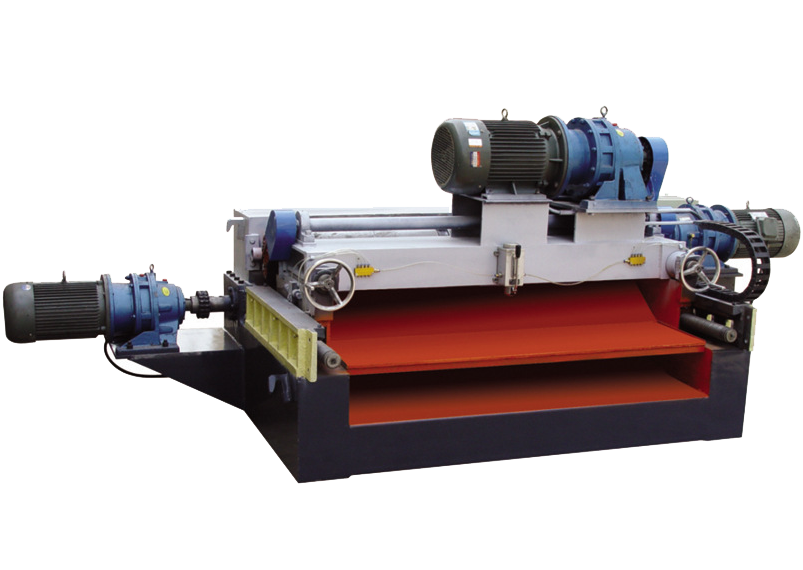-
Follow the Manual: Always follow the dryer’s operation manual. Perform regular checks, adjustments, and lubrication as suggested in the manual to keep the machine in good working condition.
-
Inspect the Heating System: Every week, clean the radiators and filter nets to remove dust, debris, or any foreign material. Pay special attention to the radiators in the second and third sections to keep the heat dissipation effective.
-
Monitor the Hot Air Blower: Regularly check the fan belts and bearings. Since the fan works in a high-temperature environment, it's important to catch issues early. Wear and tear can reduce drying efficiency, increase noise, and even cause fire hazards. Use high-temperature lubricants for the fan bearings to avoid issues.
-
Maintain the Mesh Belt or Conveyor Rollers: Mesh belt rollers don't need lubrication, but if they start to wear down, rotate the bearings for continued use, and replace them once they no longer function properly. Blow out dust with compressed air or clean with alcohol to reduce noise after the initial use period.
-
Lubricate the Transmission System: Always keep the transmission system properly lubricated by checking and adding lubricant regularly.
-
Check Roller Bearings for Balance: Regularly check that the rollers supporting the mesh belt are balanced to prevent the belt from going off track. Repair or replace any parts that are damaged. The mesh belt alignment device is crucial to ensure smooth operation and extend the belt's lifespan.
-
Repair the Mesh Belt: If the mesh belt’s wire is worn at the ends, replace it. Don’t replace too many wires at once. For extensive damage (more than 300mm), replace the damaged section with a new piece of mesh. Minor repairs can be done on-site, but if the damage is too large, install a new mesh belt.
-
Inspect for Rust or Corrosion: Regularly check the rust- and corrosion-resistant paint inside the dryer. If it’s damaged, repair it to prevent further issues.
-
Clean the Dryer Regularly: Keep the dryer clean to prevent debris buildup, which can affect efficiency and cause mechanical or fire hazards. A typical cleaning schedule:
-
Bottom and Air Ducts: Clean the front section weekly and the rear section every two weeks.
-
Filters and Heating System: Clean every 2-3 weeks.
-
Check Electrical and Temperature Control Systems: Inspect the electrical and temperature control systems to ensure they are accurate, reliable, and safe.
-
Compressed Air Quality: The compressed air used by the dryer must be free from moisture. Moisture can cause corrosion of pneumatic components, leading to malfunctions that affect the dryer’s performance.
By staying on top of these maintenance tasks, you can extend the lifespan of the dryer, improve efficiency, and reduce the likelihood of breakdowns or costly repairs.


 Advantages of CNC cardless rota
Advantages of CNC cardless rota
 What Are the Advantages of Mesh
What Are the Advantages of Mesh
 How to maintain the wood veneer
How to maintain the wood veneer
 Use process of rotary cutting m
Use process of rotary cutting m
 What Are Directions of Veneer F
What Are Directions of Veneer F
 What is the yield rate of eucal
What is the yield rate of eucal